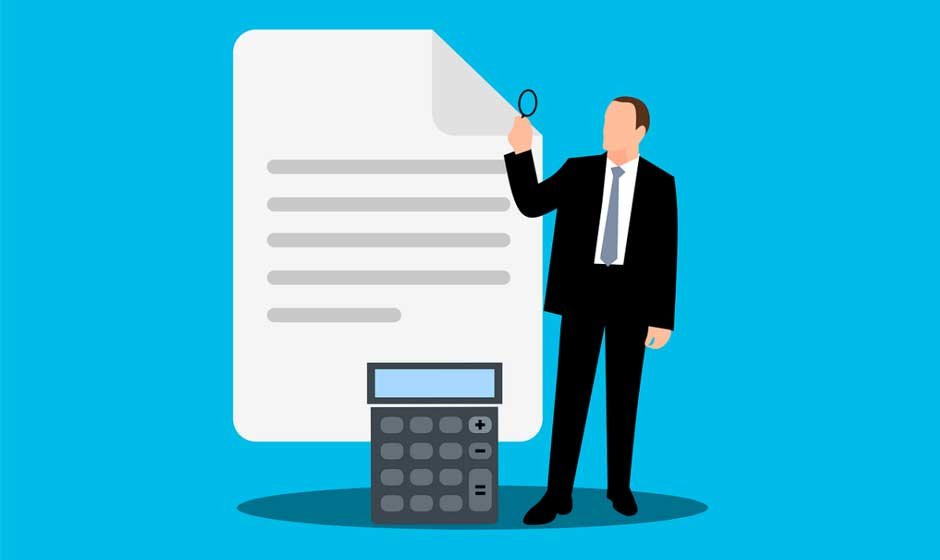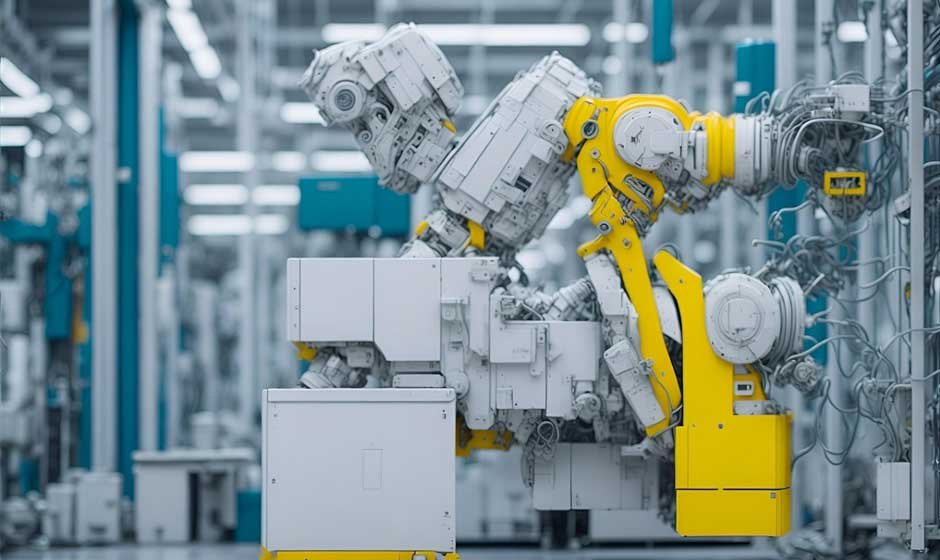Every business aiming for accuracy, consistency, and long-term growth eventually reaches a point where investing in high-end equipment is no longer optional. Whether you’re scaling operations or improving output quality, the right tools can shape your company’s trajectory. Yet, with such an investment comes a series of decisions that impact your workflow, financial planning, and competitive position. Knowing how to navigate these decisions is just as valuable as the equipment itself.
Laser Scanners for Your Construction Business
Accuracy on construction sites isn’t negotiable, and high-level laser scanners have redefined how businesses in the field approach measurements and planning. Mid-project errors, often caused by outdated or imprecise tools, can delay timelines and inflate budgets. To reduce this risk, many companies are turning toward Leica Laser Scanners for Construction Business to help gather detailed site data with minimal margin for error. These scanners capture precise three-dimensional data quickly, supporting planning, progress tracking, and structural analysis. They’re particularly effective when dealing with complex architecture or tight tolerances, where traditional tools fall short. The result is a smoother workflow and higher client satisfaction, built on a foundation of technical reliability.
Understanding Your Business Needs Before Buying
Before moving toward a purchase, it’s critical to look inward. Buying based purely on popularity or technical features can lead to mismatched expectations. Instead, consider how the equipment integrates with your existing tools, workforce skills, and project demands. A scanner with top-tier specifications is only valuable if your team can operate it efficiently and your workflows can support the data it produces. Evaluate how often the equipment will be used and how much value it adds per project. This kind of foresight prevents overspending and underutilization. A balance between capability and practicality often delivers better long-term results than chasing the newest or most complex system on the market.
Evaluating Costs Beyond the Price Tag

When budgeting for high-level tools, the purchase price is just one part of the equation. Maintenance schedules, software subscriptions, training, and possible upgrades can add significant ongoing costs. Also, keep in mind the financial impact of downtime during integration or user training. Choosing a product with accessible customer support and reliable warranties can minimize disruptions. For businesses working on tight schedules, even a small technical hiccup can lead to costly delays. Take time to study the total cost of ownership across several years, not just the sticker price. This broader view helps in making smarter financial commitments.
Maximizing the Return on Your Investment
Once your business acquires high-end equipment, the focus shifts to getting the most value from it. Training plays a major role here. The most powerful tool still relies on operator skill to deliver consistent output. Work with vendors who offer onboarding support or invest in short-term training courses to speed up adoption. At the same time, consider how the new equipment aligns with upcoming projects and client expectations. Documenting how it improves speed, accuracy, or deliverables can help justify future investments and strengthen your business pitch to new clients. As your team becomes more confident, that efficiency compounds over time, creating a measurable difference in your project pipeline and profitability.
Investing in high-level equipment isn’t just about acquiring something new—it’s about reshaping how your business operates. From improving accuracy on the job site to increasing efficiency across departments, the right tools can deliver measurable results when selected and used with intention. Clear goals, realistic assessments, and long-term planning all come together to turn a large purchase into a strategic advantage.










